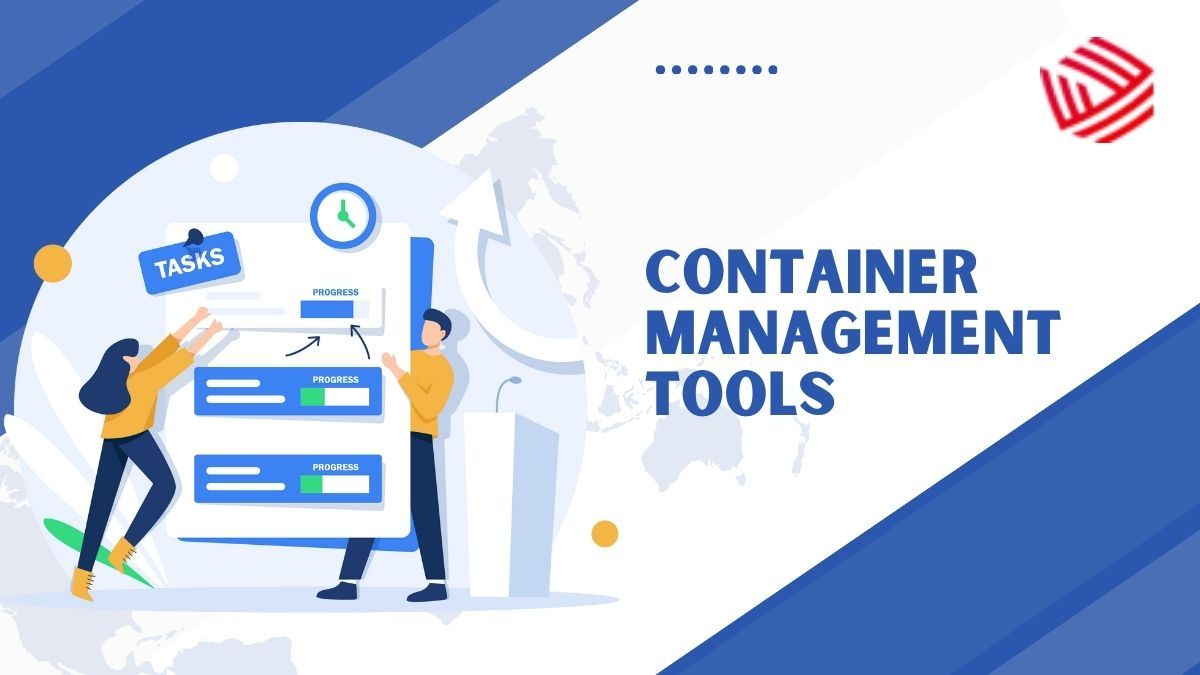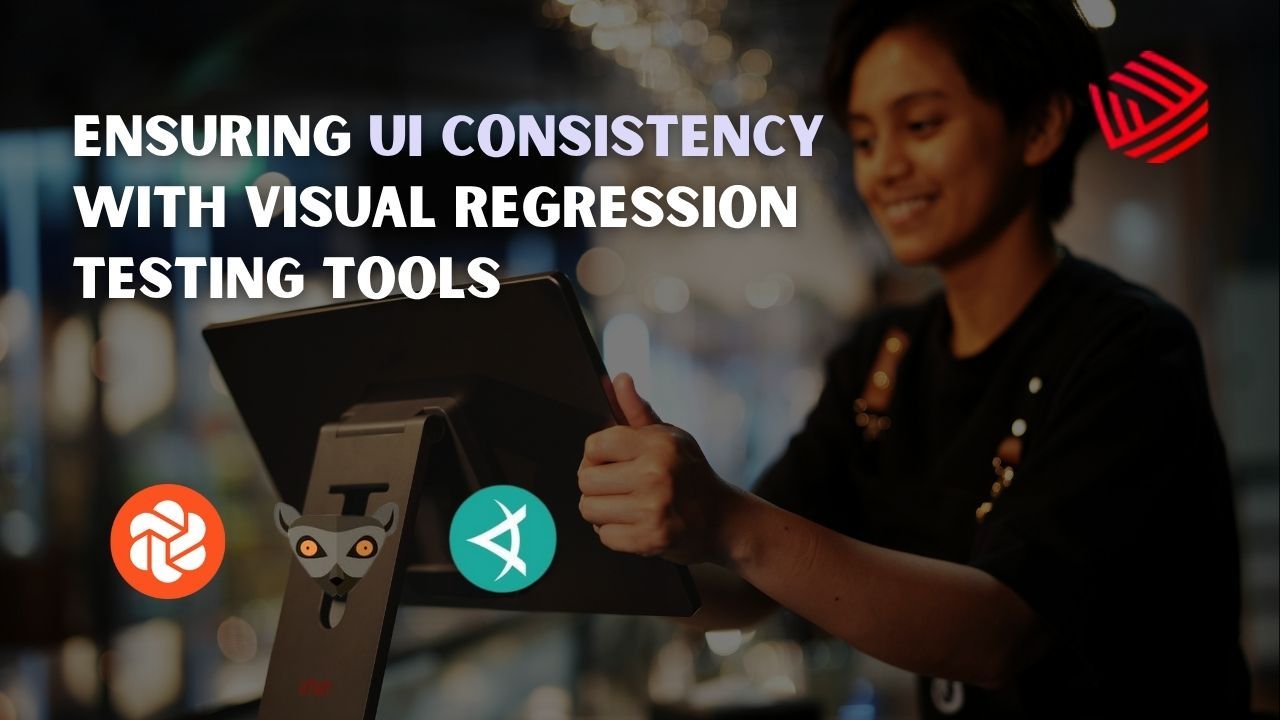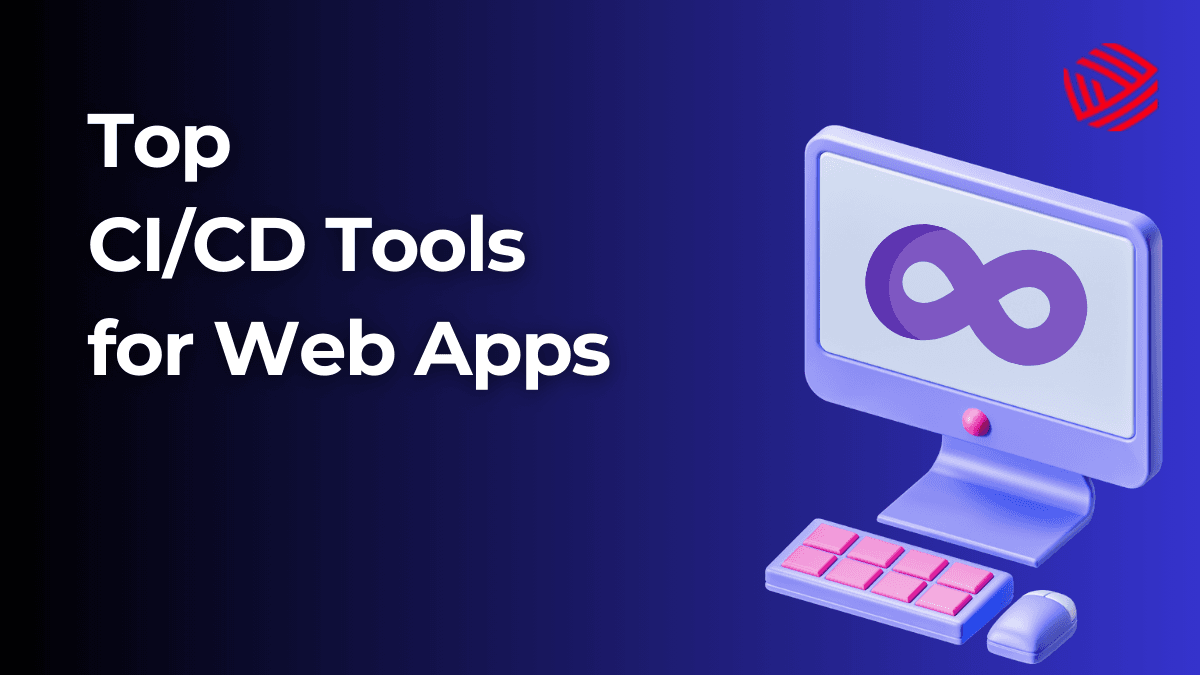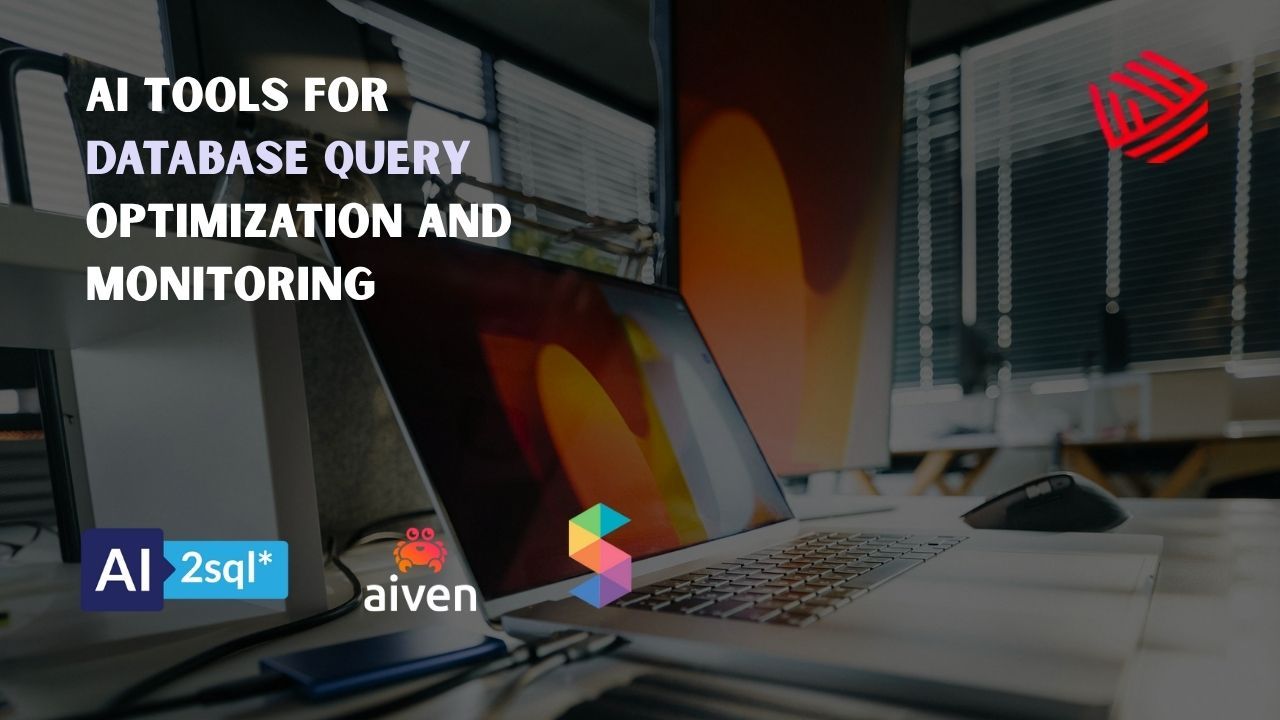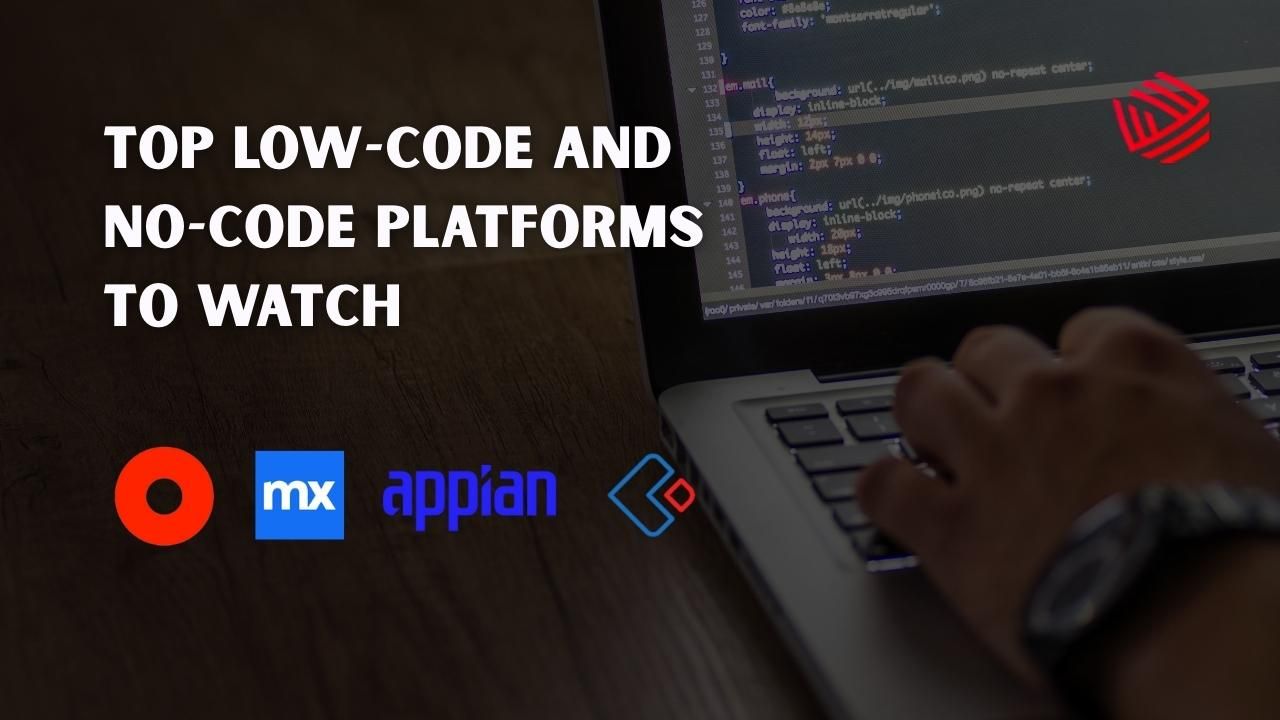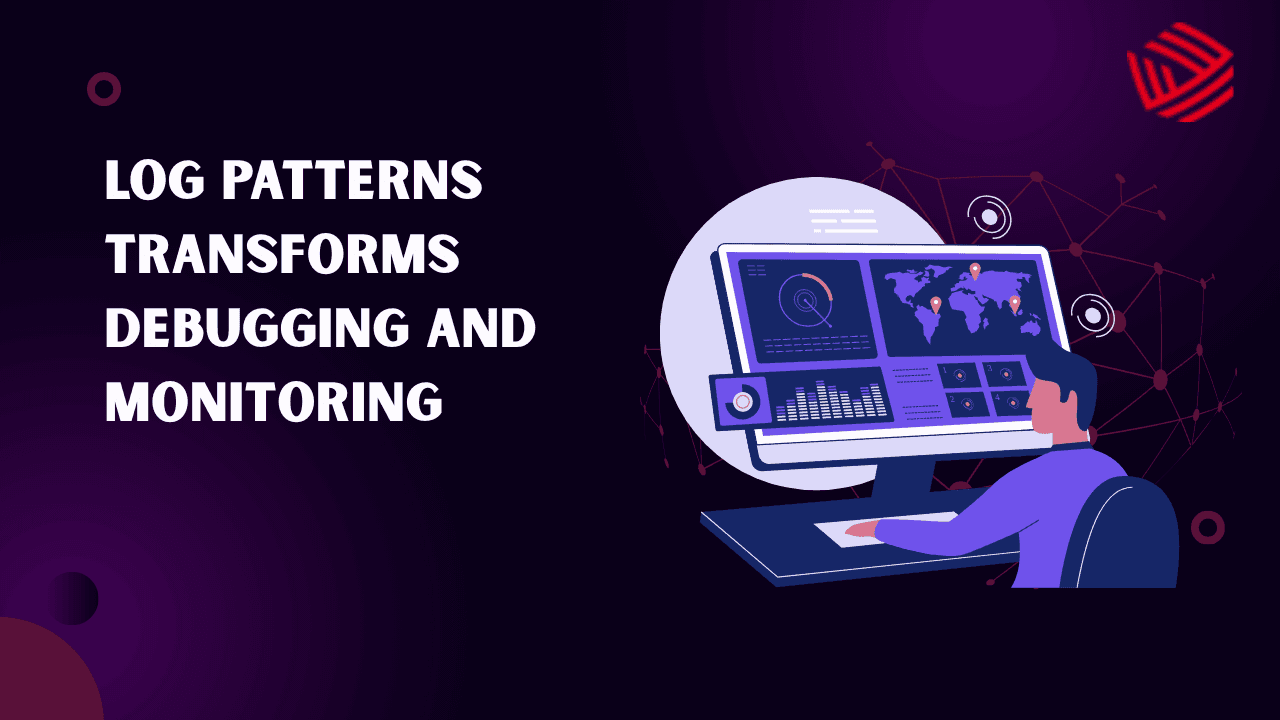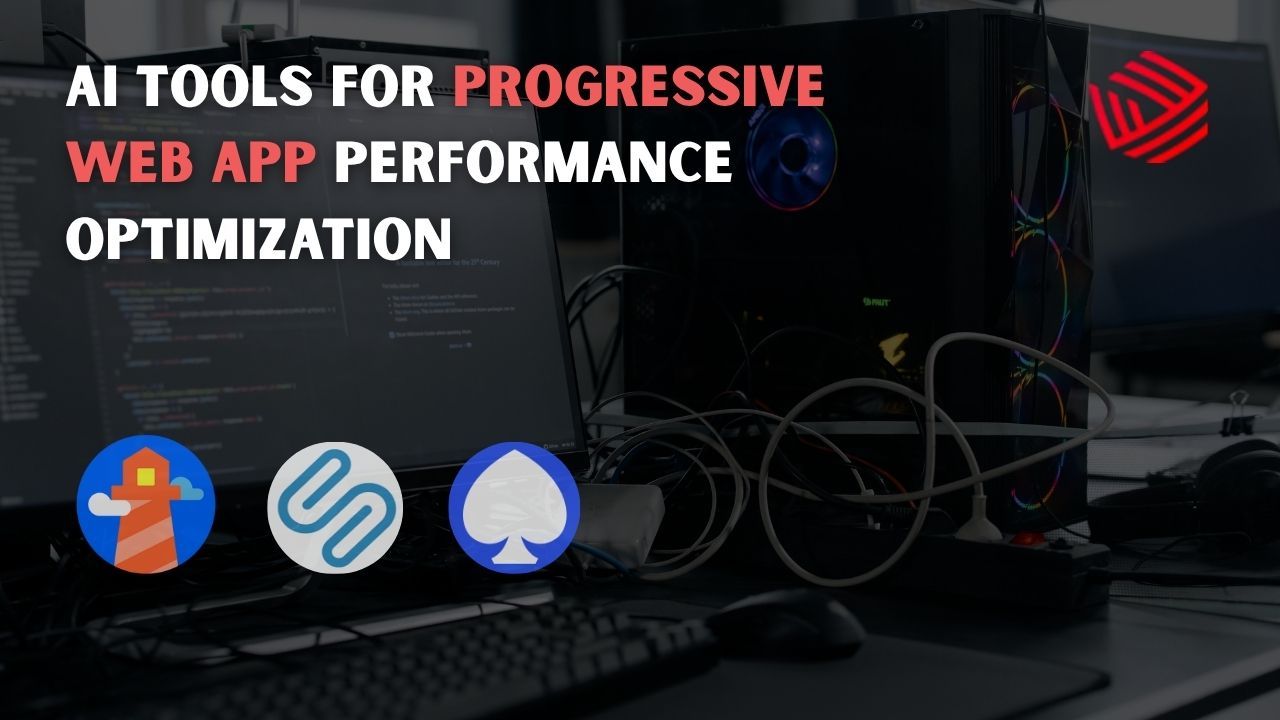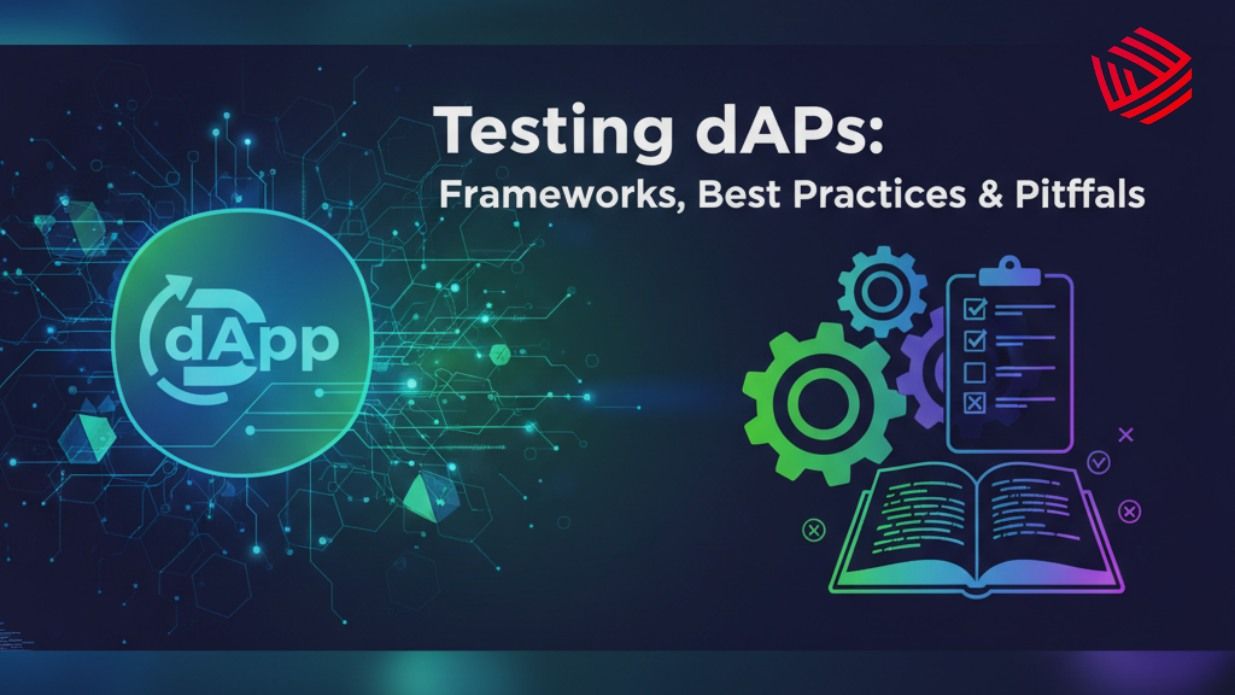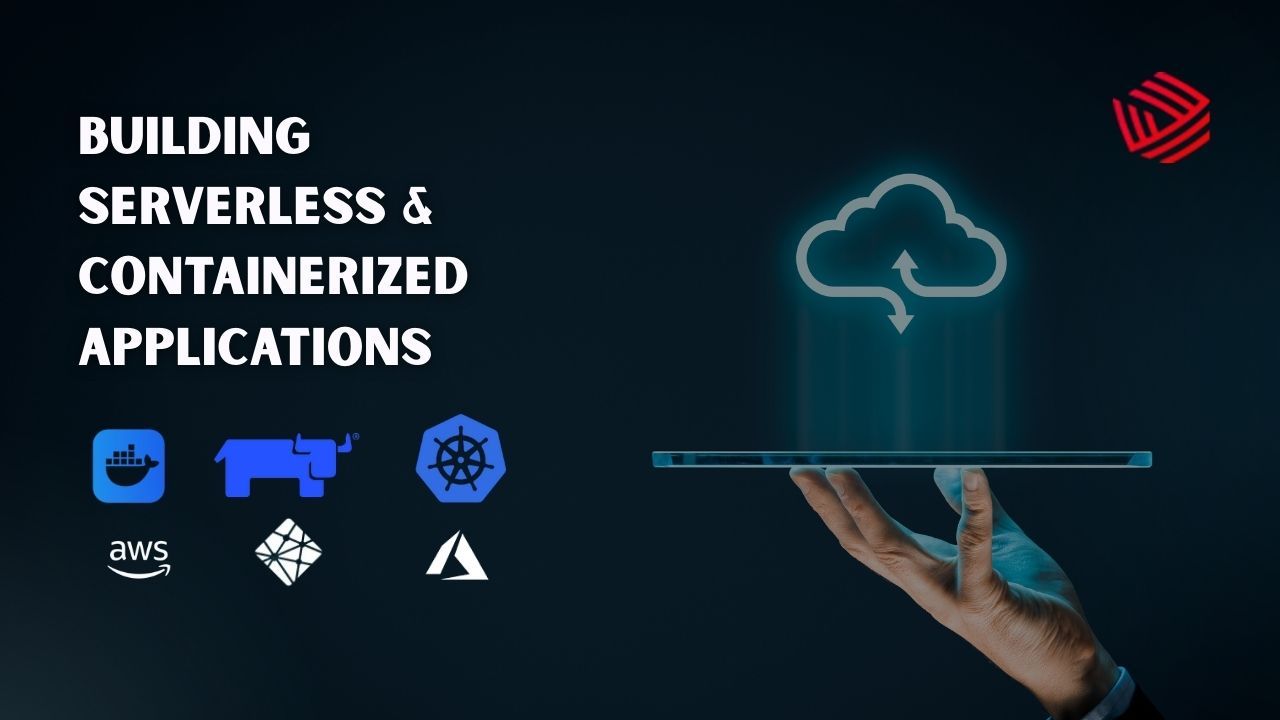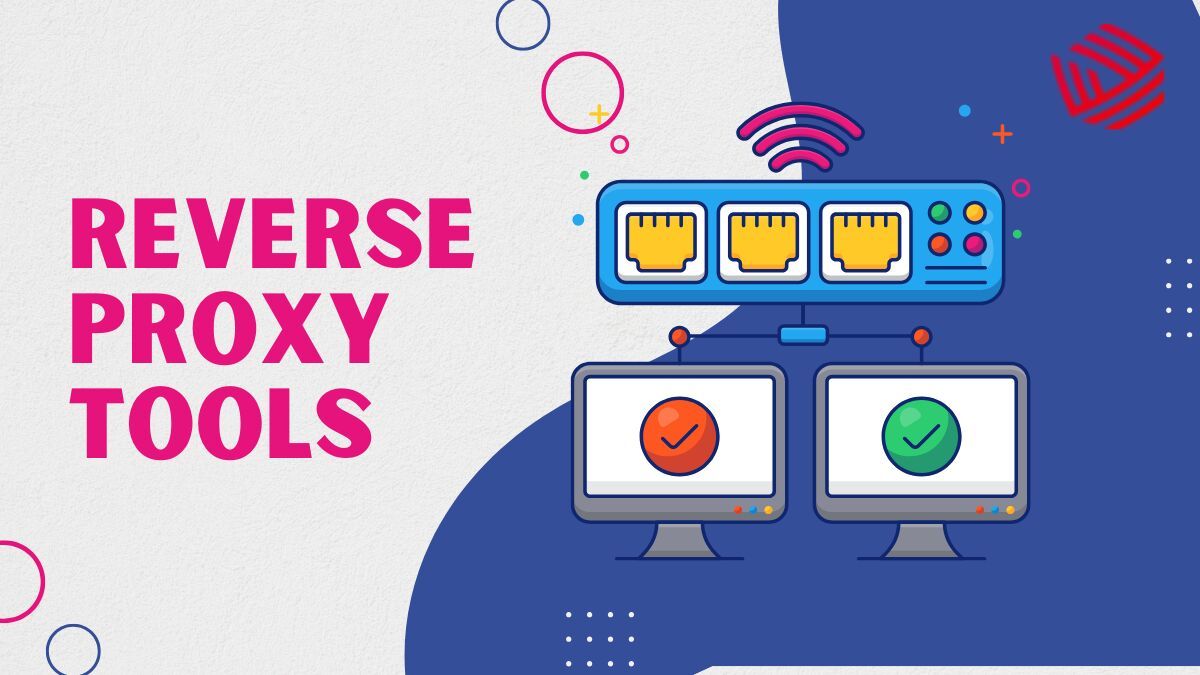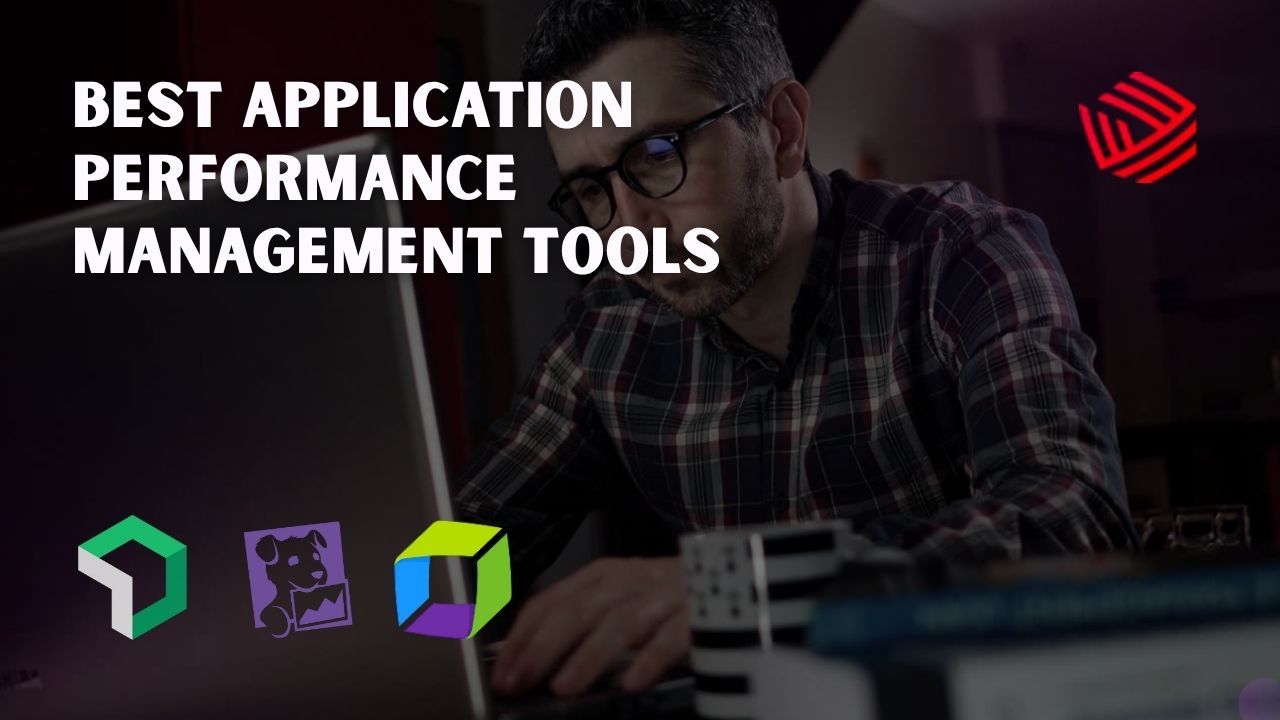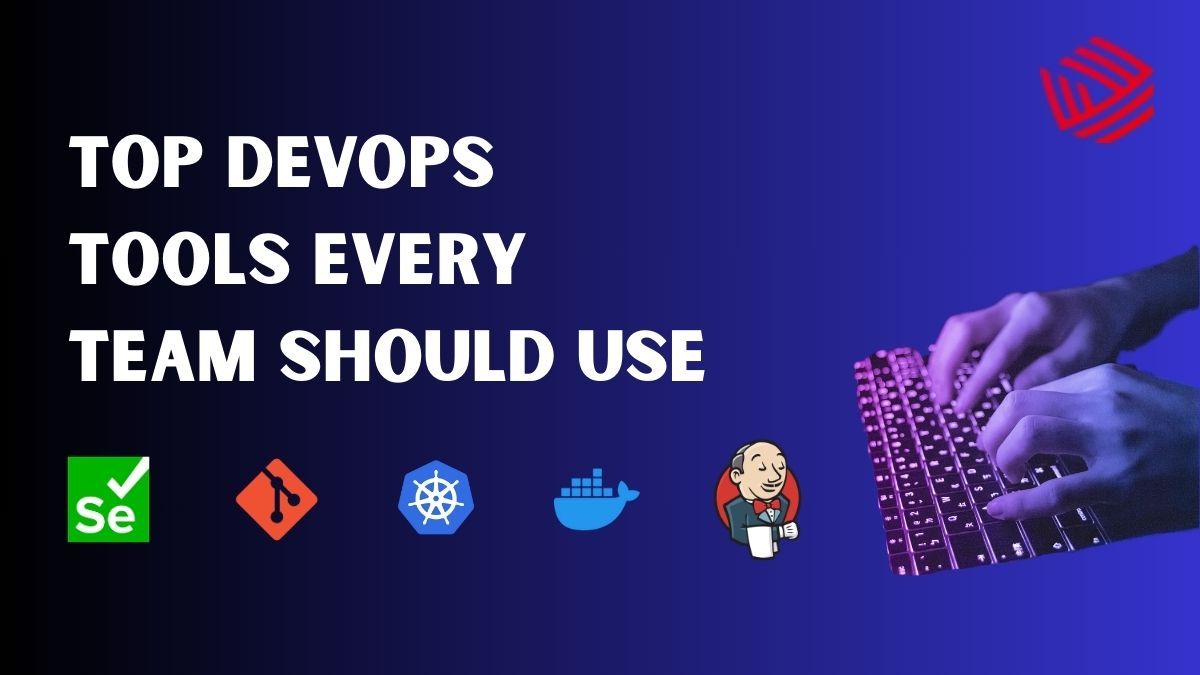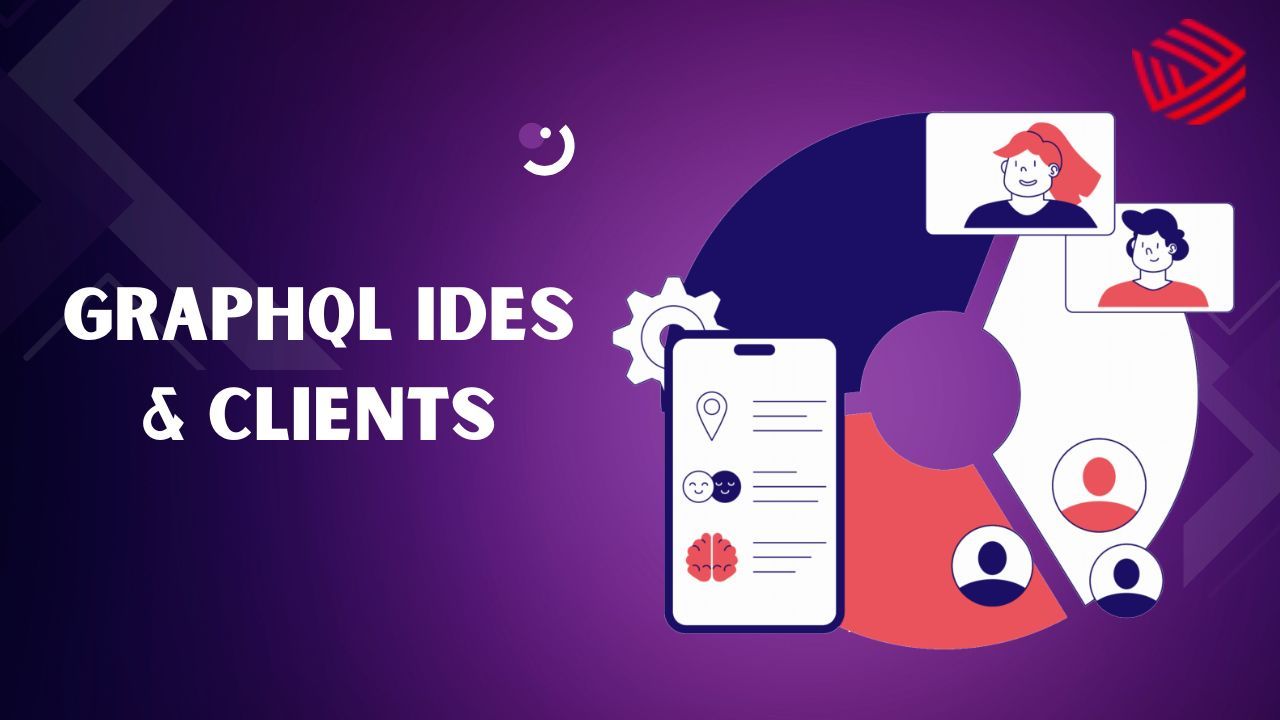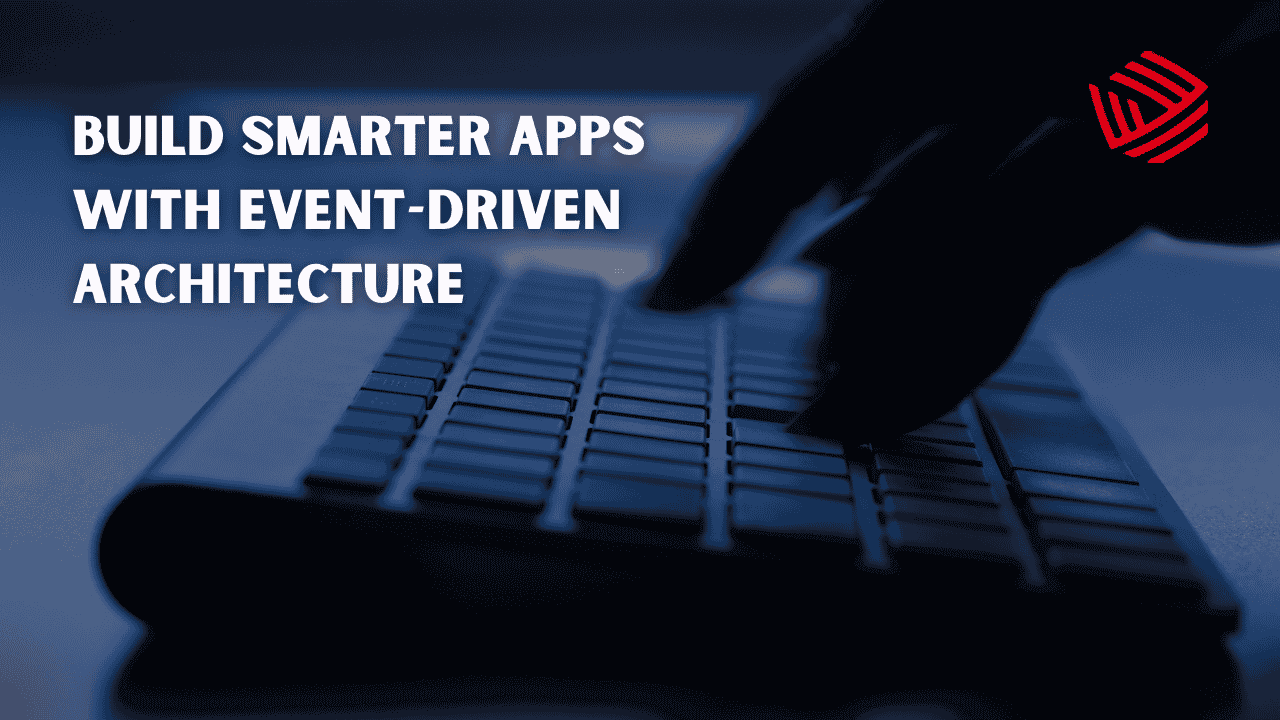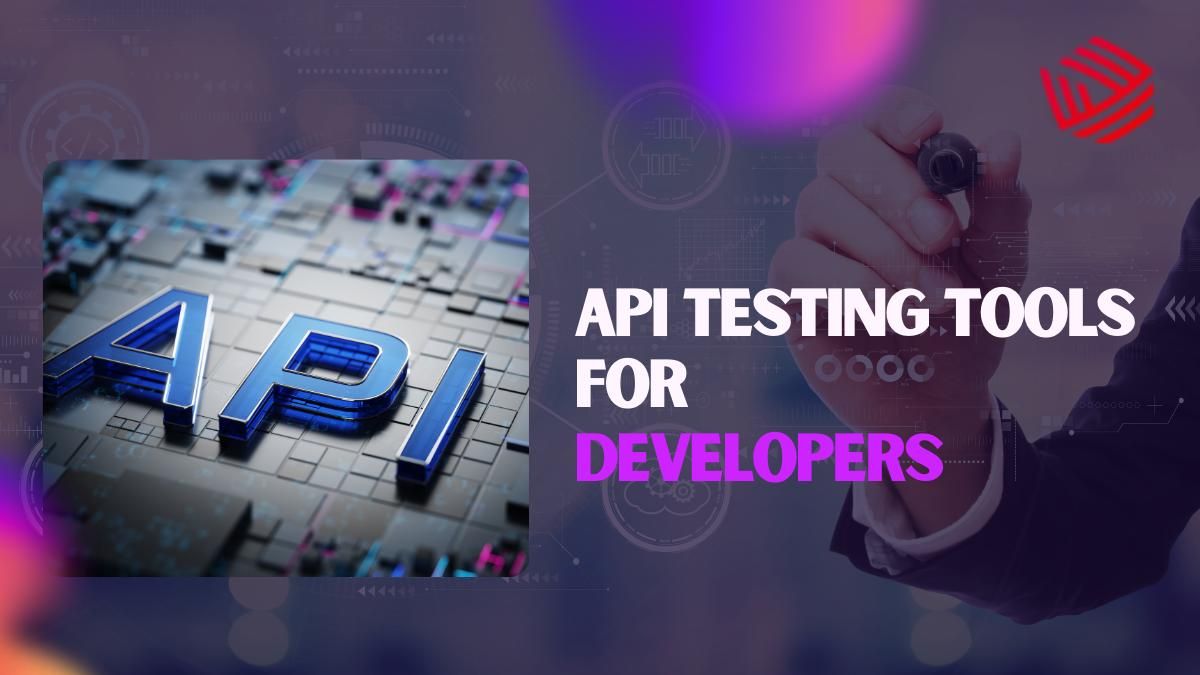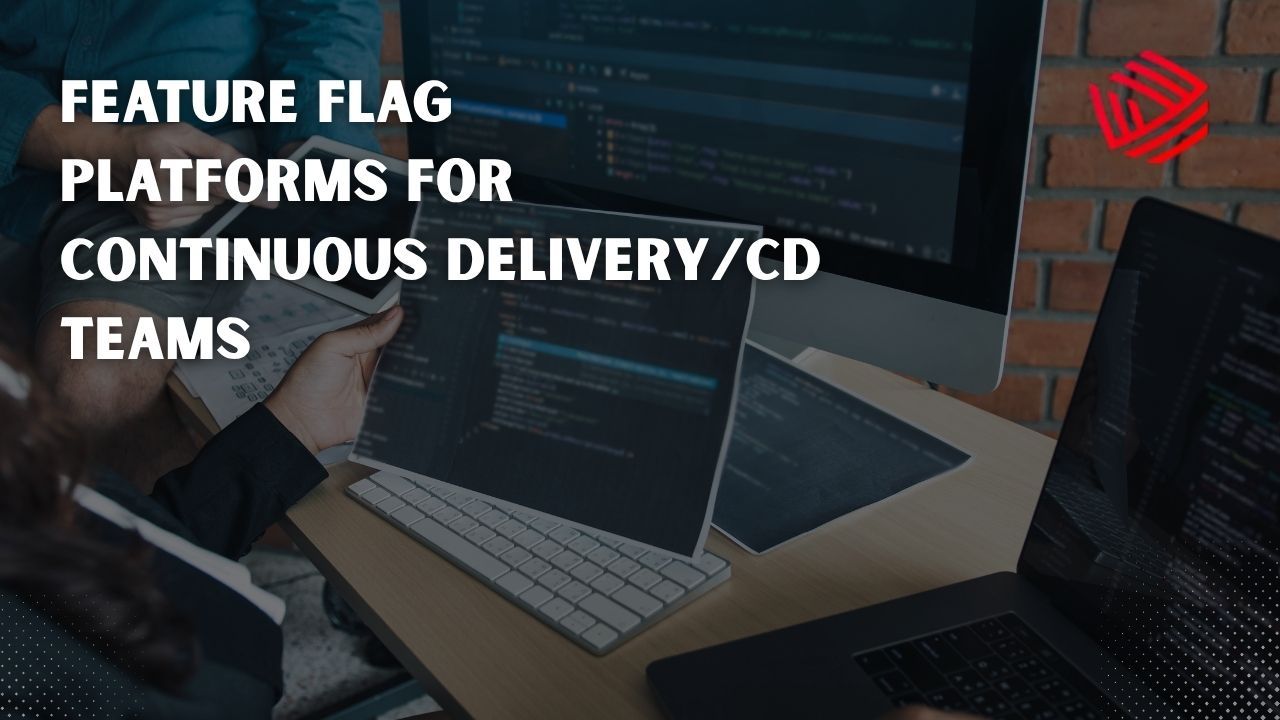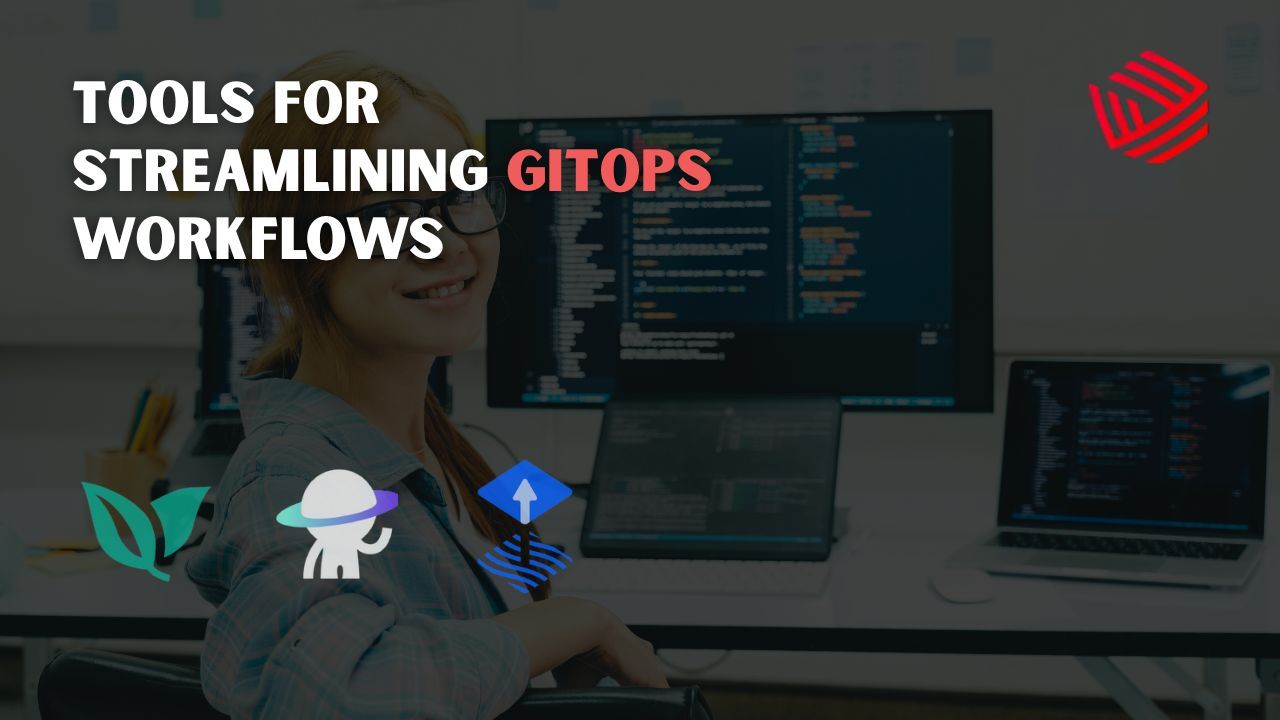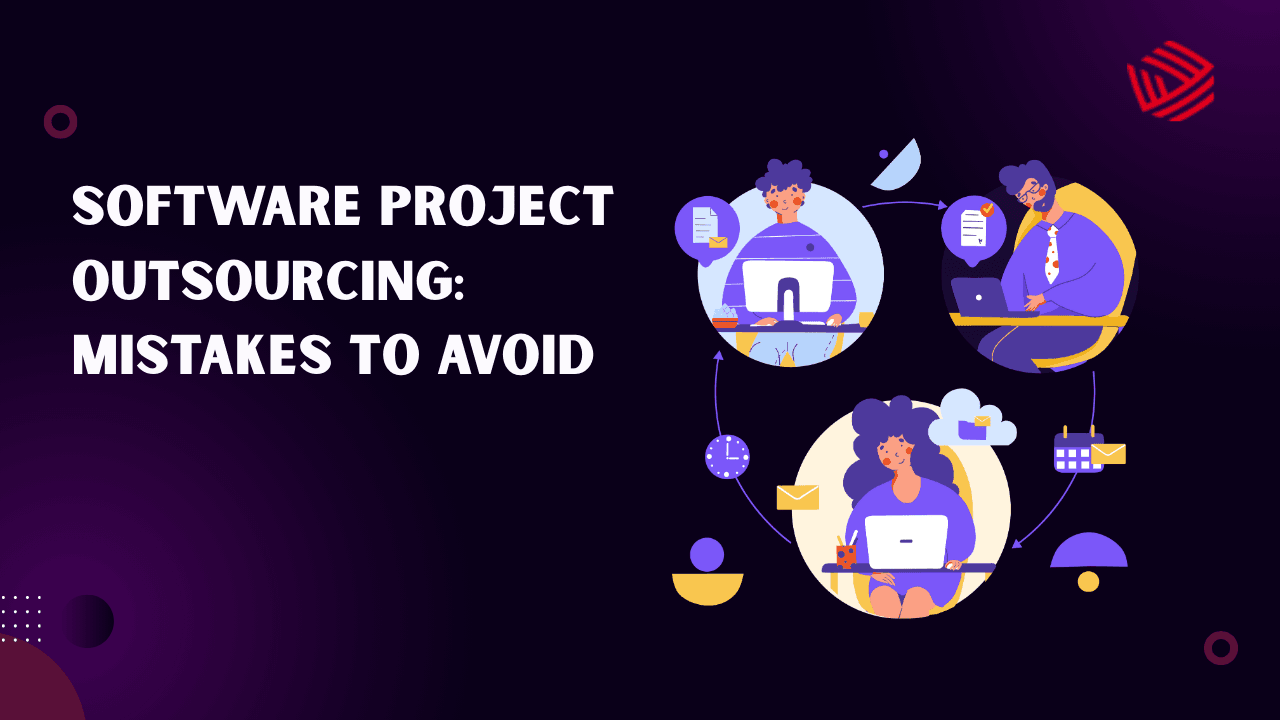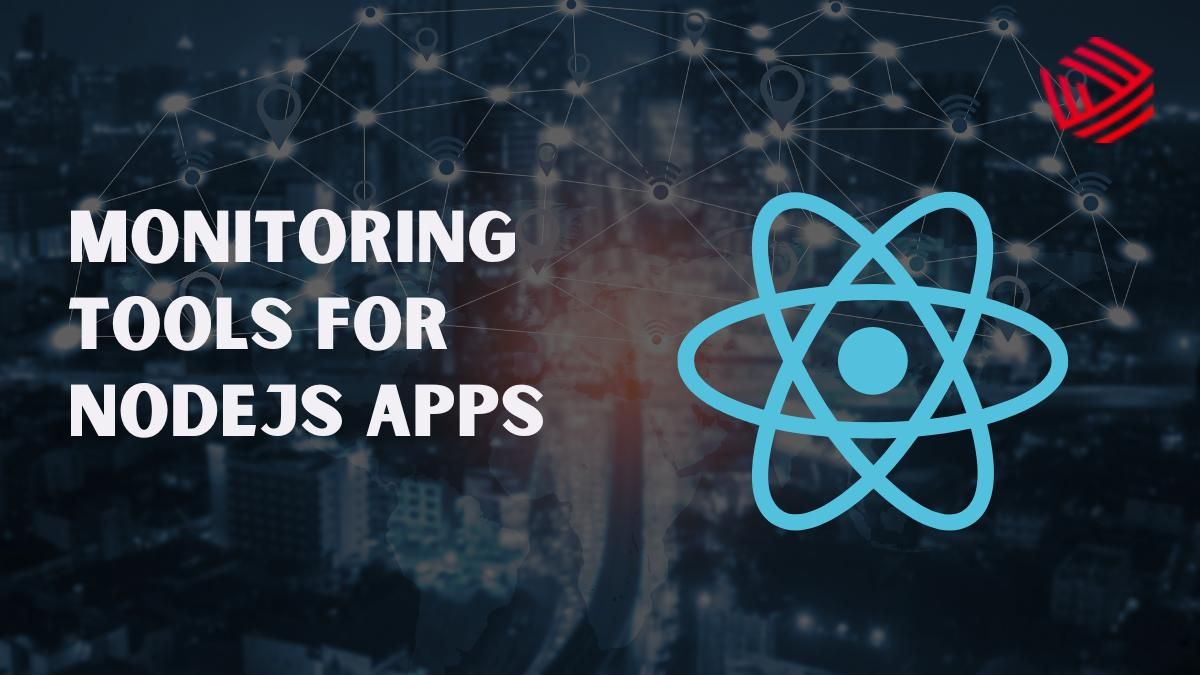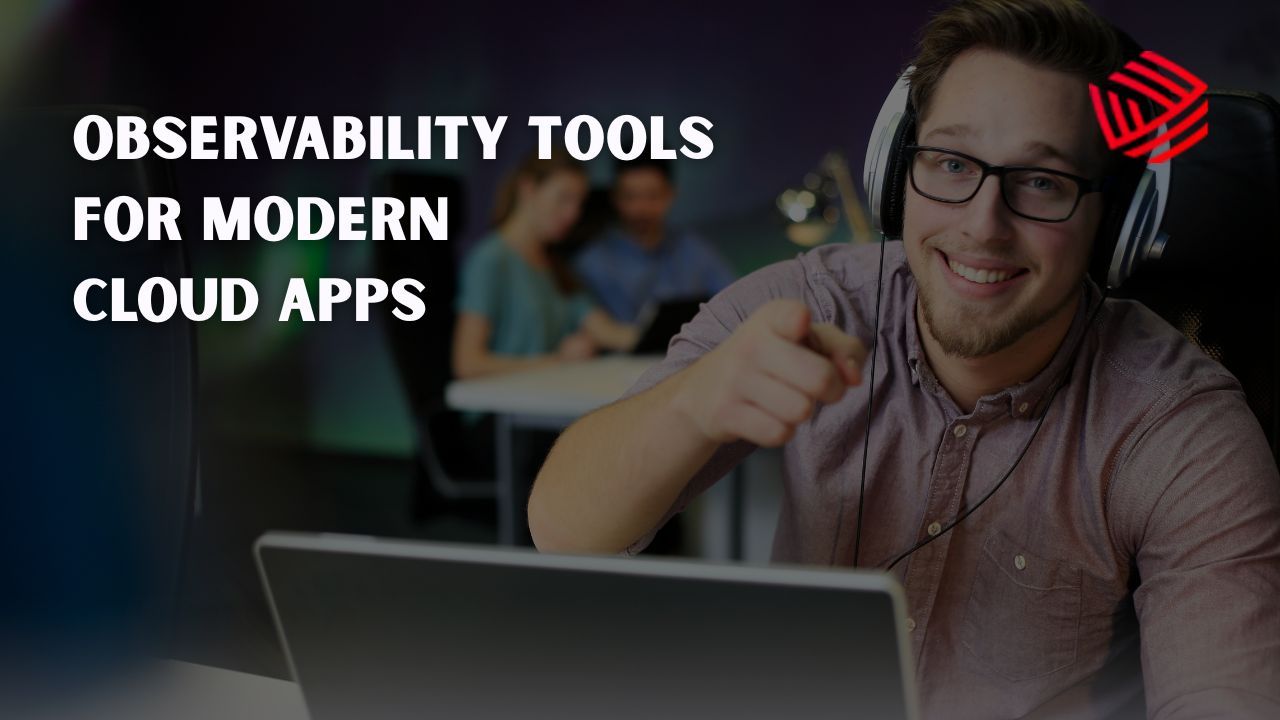In today’s fast-paced, user-centric digital environment, collecting feedback has evolved from a nice-to-have feature to a business-critical necessity. Whether you're a SaaS startup, an e-commerce brand, a mobile app developer, or a service provider, feedback collection tools help bridge the gap between user expectations and business performance.
These tools are essential for product refinement, customer satisfaction, employee engagement, and innovation. But with dozens of options available, it can be overwhelming to pick the right one.
What Are Feedback Collection Tools?
Feedback Collection Tools are software solutions that help businesses gather insights, suggestions, complaints, and experiences from users, customers, or employees. These tools facilitate structured input through various channels like surveys, pop-ups, widgets, NPS forms, heatmaps, and integrations with CRMs and analytics platforms.
Why Use Feedback Collection Tools?
- Improve Product/Service Quality: Understand what users love, tolerate, or dislike.
- Enhance Customer Satisfaction: React promptly to issues and acknowledge suggestions.
- Data-Driven Decisions: Prioritize features or fix issues based on real user data.
- Reduce Churn: Catch dissatisfaction before customers walk away.
- Drive Continuous Improvement: Validate new features or changes based on real-time feedback.
Top 10 Feedback Collection Tools in 2025
1. Hotjar
Hotjar is an all-in-one analytics and feedback tool. It combines heatmaps, session recordings, and user feedback forms to give a holistic view of user behavior and opinion.
Key Features:
- Visual heatmaps and click tracking
- Session recordings of users in action
- Feedback widgets and in-page polls
- Net Promoter Score (NPS) tools
- Surveys triggered by user behavior
Best For:
- UX and product teams looking to visually analyze user journeys
- Startups optimizing conversion funnels
- E-commerce brands monitoring drop-off and user frustration
- Agile teams testing prototypes or MVPs
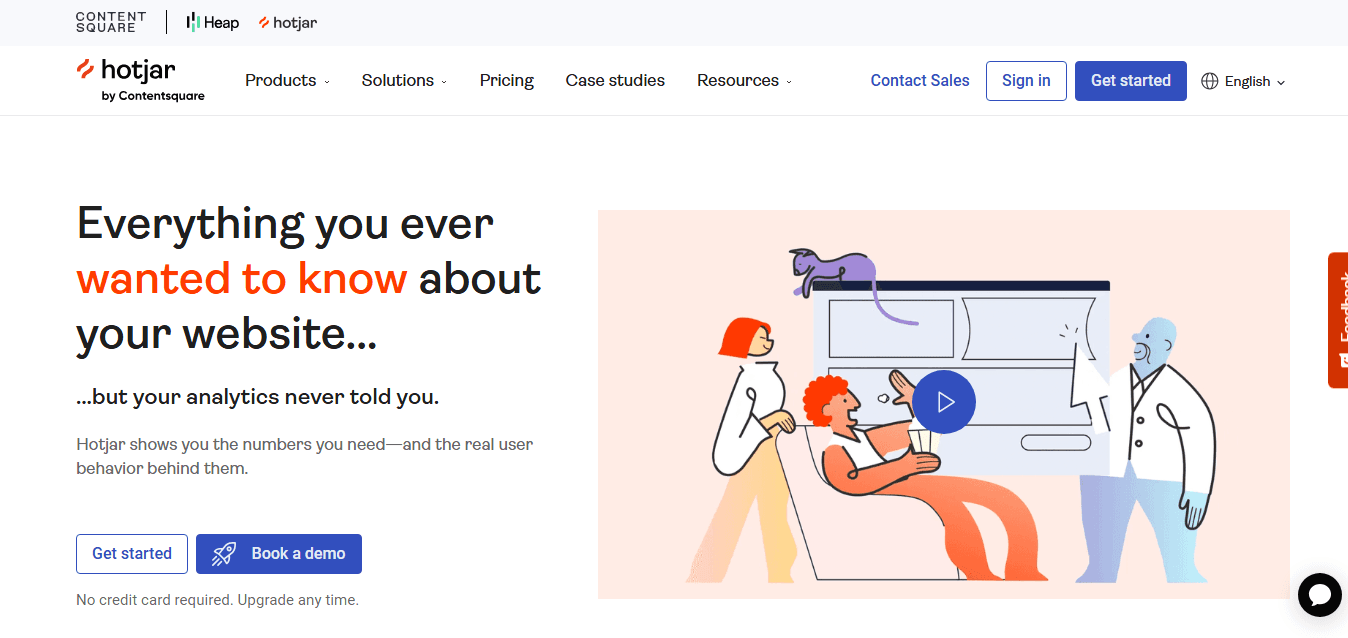
2. Survicate
Survicate offers versatile survey tools to gather feedback at every stage of the customer journey. It integrates with CRMs, email platforms, and help desks.
Key Features:
- In-app surveys, email surveys, and website surveys
- Pre-built survey templates
- NPS, CES, and CSAT feedback
- Integration with HubSpot, Intercom, Salesforce
Best For:
- Customer success teams seeking post-purchase feedback
- Marketing teams conducting research or segmentation
- SaaS companies embedding contextual surveys in product UI
- B2B platforms running customer satisfaction assessments
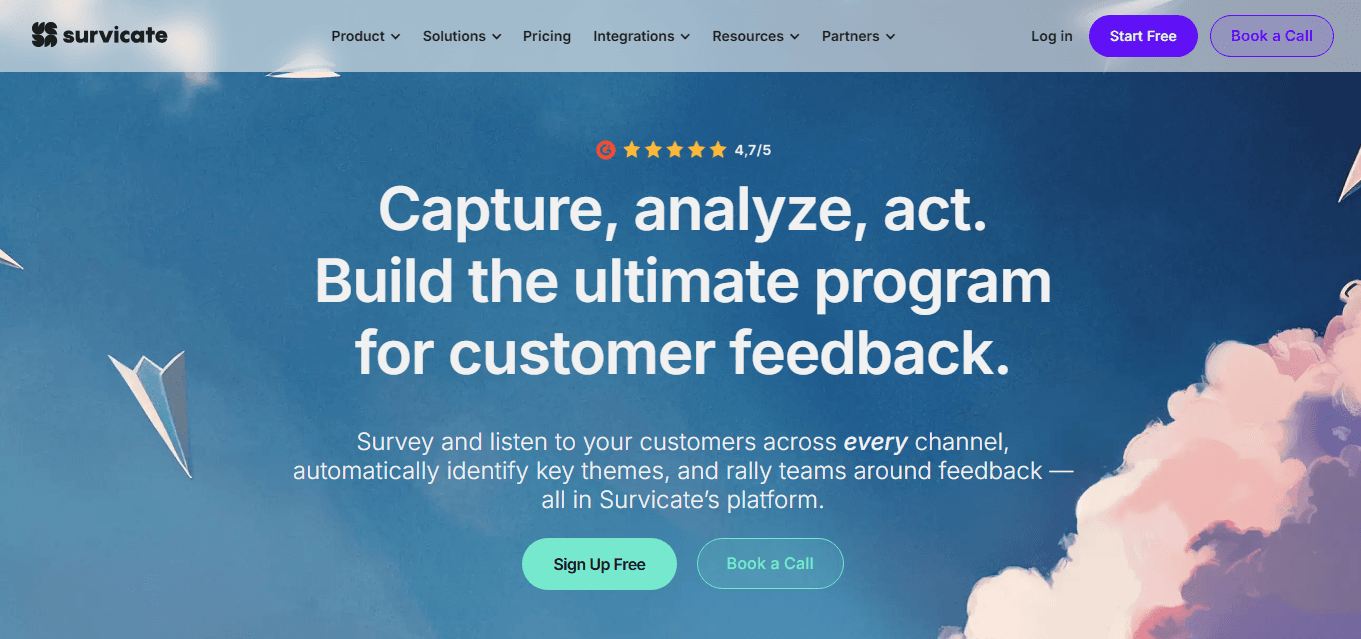
3. Typeform
Typeform revolutionized form design with conversational, user-friendly interfaces. Its surveys feel like a dialogue, resulting in better engagement and higher response rates.
Key Features:
- Conversational surveys and quizzes
- Conditional logic and branching
- Integration with Slack, Zapier, Airtable, and more
- Real-time results tracking
Best For:
- Brands focused on user experience
- Design-centric teams building attractive forms and polls
- Agencies conducting market research
- Freelancers or educators running engaging interviews or assessments
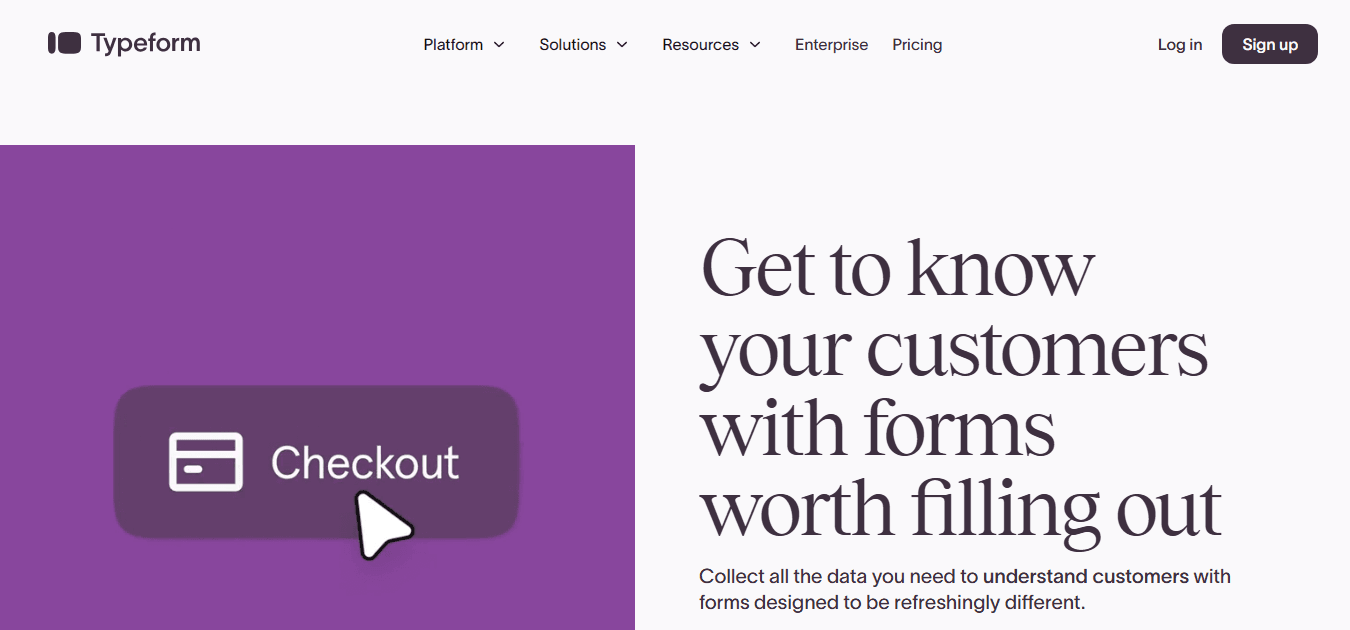
4. UserVoice
UserVoice is a feedback management platform built primarily for product teams. It allows users to submit feature requests and vote on others, helping companies prioritize development.
Key Features:
- Public feedback forums
- Upvoting and feature tracking
- Prioritization matrix for product roadmapping
- Integration with Jira, Salesforce, Zendesk
Best For:
- Product managers needing transparent feature validation
- SaaS companies scaling product development
- B2B platforms looking to co-create features with customers
- Startups running agile sprints based on real demand

5. Qualaroo
Qualaroo enables targeted feedback through smart pop-ups and Nudge™ surveys. It’s ideal for collecting contextual input from users as they navigate websites or apps.
Key Features:
- Targeted micro-surveys
- Advanced targeting by behavior, location, device
- Sentiment analysis via AI
- Integrations with Google Analytics, HubSpot, Segment
Best For:
- CRO teams trying to optimize specific web pages
- UX researchers conducting qualitative feedback
- SaaS platforms seeking user intent behind behavior
- Marketing professionals fine-tuning messaging and CTAs

6. Zonka Feedback
Zonka Feedback is a multi-channel platform that collects customer feedback via SMS, email, offline, website, and kiosk modes. It is especially popular in healthcare, hospitality, and retail sectors.
Key Features:
- CSAT, NPS, and CES surveys
- Multi-location and multilingual support
- Real-time response alerts
- Offline feedback collection
Best For:
- Hospitality and healthcare providers needing instant on-premise feedback
- Retail chains measuring branch performance
- Customer service teams identifying service gaps
- Events and exhibitions using kiosks for feedback booths

7. Usabilla (by SurveyMonkey)
Usabilla (now part of Momentive/SurveyMonkey) focuses on real-time, on-site feedback collection for enterprise-level companies. It is widely used by banks, airlines, and global consumer brands.
Key Features:
- Visual feedback (users can highlight UI elements)
- Screenshot-based responses
- In-app, email, and site survey deployment
- Enterprise-grade data security and analytics
Best For:
- Enterprises with complex digital ecosystems
- Financial and travel industries focused on trust and experience
- UX/UI design teams needing granular visual input
- Governments or institutions improving citizen portal
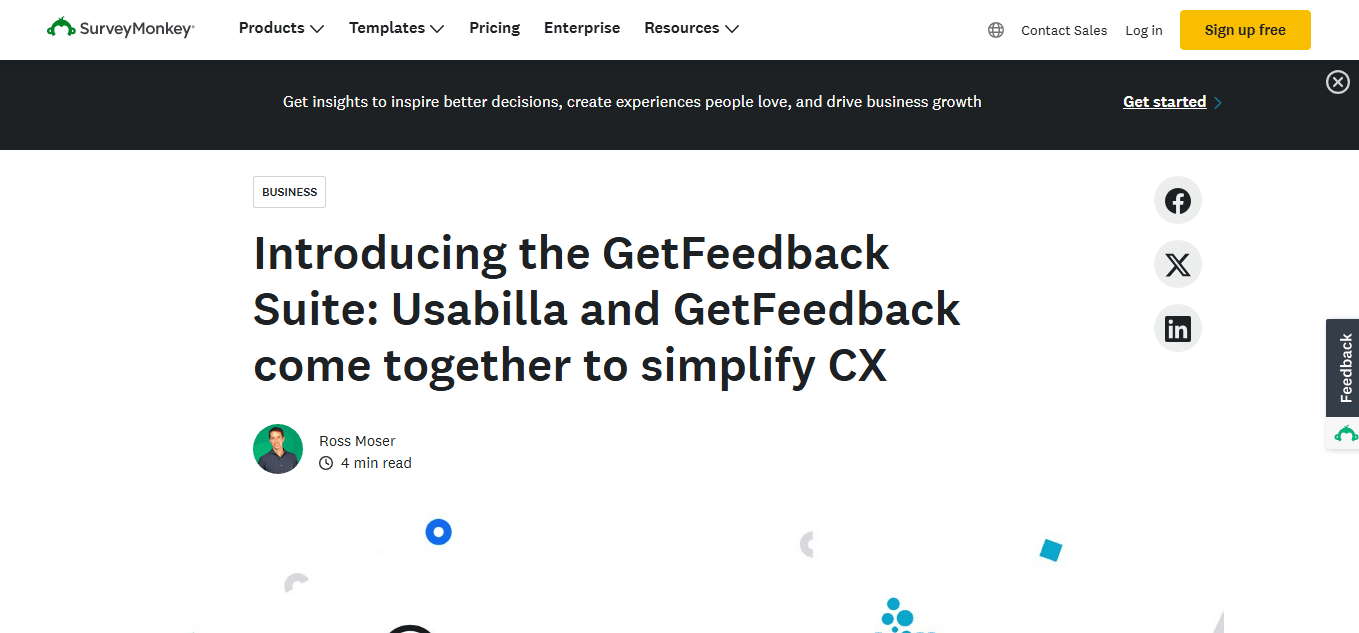
8. Refiner
Refiner is a user survey tool designed specifically for SaaS. It offers customer profiling, lead qualification, and churn prediction surveys embedded directly into your web or mobile app.
Key Features:
- Targeted in-app microsurveys
- Response-based automation workflows
- Segmentation by usage data
- Integration with CRMs, marketing tools, and webhooks
Best For:
- Early-stage SaaS understanding their ICP (Ideal Customer Profile)
- Product-led growth companies seeking behavioral insights
- Customer success teams predicting churn
- Data-driven founders improving activation rates
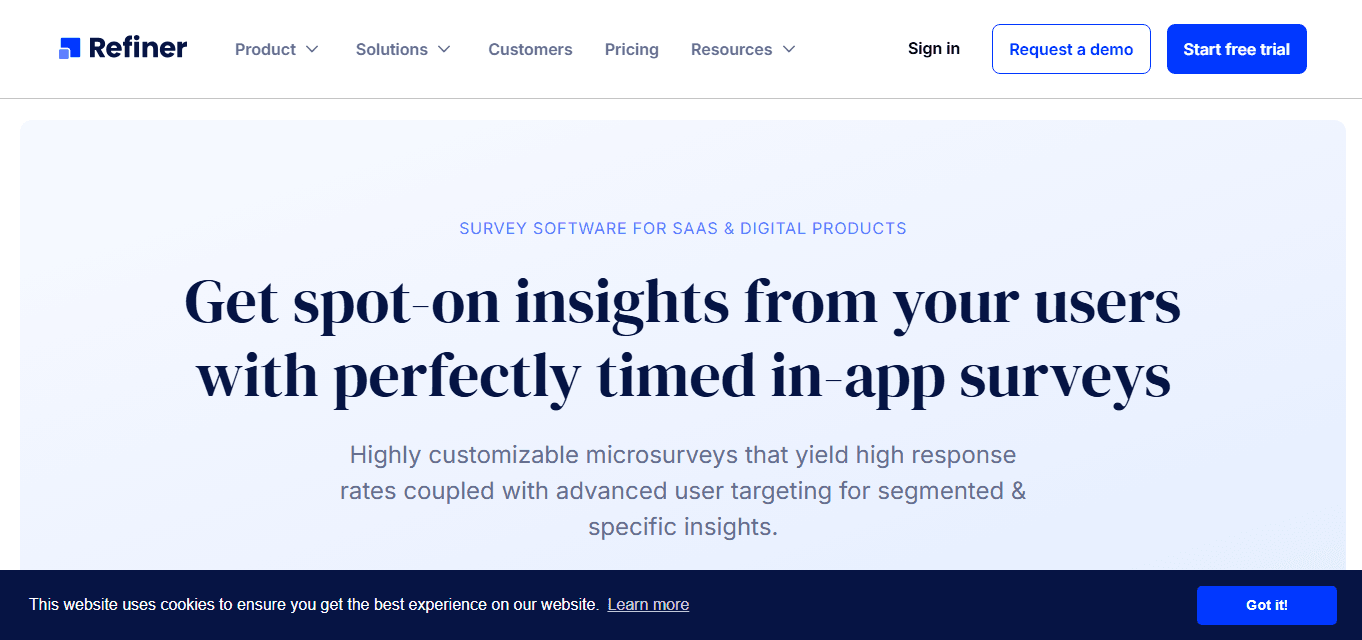
9. Feedbackify
Feedbackify is a simple, embeddable website feedback tool. Users can rate their experience and leave suggestions in a clean and anonymous interface.
Key Features:
- Easy-to-install widget
- Real-time dashboard with sentiment analysis
- Anonymous feedback submission
- Custom branding
Best For:
- Small businesses needing an easy feedback mechanism
- Freelancers or indie developers testing beta projects
- Informational websites with limited dev resources
- Bloggers or publishers seeking reader experience input

10. Google Forms
Google Forms is a free and widely used survey tool perfect for basic feedback collection. It's simple to use, collaborative, and integrated within the Google Workspace ecosystem.
Key Features:
- Multiple question types
- Real-time response collection in Google Sheets
- Customizable branding (limited)
- Shareable via link or email
Best For:
- Educators and nonprofits on tight budgets
- Internal feedback within teams
- Hackathons, classrooms, or quick polling
- Startups needing no-frills, reliable data capture

Unlocking the Power of Feedback Collection Tools in
In the modern digital ecosystem, feedback is not just a metric—it’s a mindset. Businesses no longer operate in a vacuum where assumptions drive strategy. Instead, they thrive by listening, learning, and iterating based on what their users, customers, and stakeholders have to say.
Now, let’s go beyond tool comparison and tie everything together in a conclusion that explores:
- Why feedback matters more now than ever
- The evolving expectations of users
- How different teams benefit from feedback
- Emerging trends in feedback tech
- How to build a future-ready feedback strategy
- Real-life examples
- Final recommendations
1. Feedback: The Lifeblood of Modern Business
If data is the new oil, then feedback is the refined fuel that powers every grow th engine. It doesn’t just help businesses track performance; it informs what to build next, how to improve, and when to pivot.
Whether you're building a SaaS tool, running a Shopify store, managing a healthcare facility, or launching a government e-service, listening to your users is the single most effective way to:
- Improve product-market fit
- Minimize churn
- Increase customer lifetime value
- Enhance user experience (UX)
- Elevate employee engagement
In a time when attention spans are short and competition is fierce, feedback collection tools help transform passive users into active collaborators.
2. Users Are Evolving—So Must Feedback Strategies
Today’s users are more aware, vocal, and selective than ever before. They expect a say in the product they use and want to know that their voice matters.
Here's how user expectations have evolved:
Then (2010s) | Now (2025) |
| Occasional surveys via email | Real-time feedback via app, chat, or widget |
| One-way communication | Two-way engagement with feedback loops |
| Delayed improvements | Continuous, agile product development |
| Generic satisfaction scores | Contextual, behavior-based insights |
| Anonymous feedback | Personalized, authenticated experiences |
This shift demands tools that are real-time, omnichannel, behavior-aware, and personalized. Tools like Qualaroo, Usabilla, and Zonka Feedback meet these demands by offering contextual micro-surveys, advanced targeting, and automation workflows.
3. Who Benefits from Feedback Tools (and How)
Feedback isn’t a single-team responsibility. Let’s look at how various departments leverage feedback differently:
a. Product Teams
- Validate feature requests
- Prioritize roadmaps with voting tools (e.g., UserVoice)
- Discover bugs and usability pain points with visual feedback tools like Hotjar
b. Customer Success Teams
- Track NPS, CSAT, CES in real-time (e.g., Survicate, Zonka)
- Predict churn using trend analysis (e.g., Refiner)
- Trigger alerts when satisfaction dips
c. UX & Design Teams
- Identify user frustration via heatmaps and click analysis
- Use in-page feedback widgets for direct design feedback (e.g., Usabilla)
- Improve accessibility and navigability
d. Marketing Teams
- Understand user preferences, personas, and segmentation
- Run quick sentiment polls or product-market research (e.g., Typeform)
- Validate messaging before campaigns
e. Engineering & QA
- Collect bug reports via screenshot-enabled feedback (e.g., Feedbackify, Usabilla)
- Measure post-deployment experience
- Collaborate with product managers on quick fixes
f. HR & Internal Teams
- Gauge employee engagement (using internal surveys via Google Forms or Typeform)
- Improve onboarding and workplace experience
Feedback, when shared across the organization, breaks silos, fosters cross-functional alignment, and builds a culture of iteration.
4. Emerging Trends in Feedback Collection (2025 & Beyond)
The world of feedback is transforming. Here are the top trends shaping the next 5 years:
a. AI-Powered Sentiment Analysis
Tools like Qualaroo and Survicate are integrating AI to analyze open-text feedback. This goes beyond simple word clouds to detect mood, tone, urgency, and even sarcasm.
b. Predictive Feedback Systems
Platforms like Refiner use behavioral analytics to predict which users are likely to churn, upgrade, or require support—before they act.
c. In-App Feedback as a Default
Modern SaaS platforms are embedding feedback tools within their UI/UX, ensuring feedback flows natively without friction (e.g., Hotjar, Refiner).
d. Voice & Video Feedback
Especially in mobile-first or Gen Z-dominated markets, users are starting to prefer voice notes or screen recordings as feedback. Expect tools to adapt with richer media formats.
e. Feedback Gamification
To increase participation rates, companies are turning feedback into a game—reward points, badges, and social sharing included.
f. Feedback Loops for AI Training
As more apps rely on generative AI, user feedback is being used to improve AI responses. Think: "Was this helpful?" buttons on AI assistants.
These trends show that feedback is no longer passive or post-event—it’s live, predictive, and embedded into core experiences.
5. Building a Future-Proof Feedback Strategy
Here’s how to future-proof your feedback program
a. Define Clear Objectives
Start by answering:
- What decisions will this feedback inform?
- Who is responsible for reviewing and acting on it?
b. Map the Customer Journey
Deploy feedback tools at key stages: onboarding, checkout, feature adoption, support interaction, renewal, etc.
c. Use the Right Mix of Tools
Don’t rely on a single channel. Use:
- Hotjar for behavior insight
- Survicate for structured surveys
- Refiner for in-app triggers
- UserVoice for product feedback
- Google Forms for internal forms
d. Close the Feedback Loop
Always acknowledge feedback. Share updates like “Thanks to your suggestion, we’ve added X feature.” This increases trust and loyalty.
e. Integrate with Your Stack
Ensure the feedback flows into your CRM (HubSpot, Salesforce), help desk (Zendesk, Freshdesk), or analytics tool (Mixpanel, GA4). The more connected it is, the more actionable it becomes.
f. Measure and Optimize
Track response rates, NPS trends, survey completion times, and feedback impact on KPIs. Test different question formats and survey lengths.
6. Real-Life Impact: Feedback Done Right
Slack
Slack collects user feedback constantly via in-app prompts and NPS surveys. Their product roadmap is deeply influenced by what teams ask for—like dark mode, integrations, and workflows.
Airbnb
Airbnb uses qualitative and quantitative feedback to optimize both host and guest experiences. Their review system is a form of mutual feedback that enhances accountability.
Spotify
Spotify collects feedback through personalized playlists, listening habits, and user ratings. User data drives improvements in algorithms and UI.
Notion
Notion uses UserVoice-style boards where users can request features, comment, and vote. Their changelog references specific user requests, making customers feel heard.
Each of these examples proves one thing: Companies that prioritize user feedback outperform those that don’t.
Conclusion
Feedback collection has become more than a tool—it’s a competitive advantage. The companies that thrive are those that actively listen, act, and communicate back to their users. By integrating the right mix of tools, closing feedback loops, and aligning feedback insights across teams, businesses can transform customer opinions into measurable growth.
Whether you’re a SaaS startup seeking product-market fit, an enterprise optimizing customer journeys, or a service provider improving client satisfaction, feedback is the compass that keeps you on course. The future belongs to organizations that treat feedback not as an afterthought but as a continuous, strategic driver of innovation and loyalty.



